This new trend for hard landscaping is adding a gentle softness to garden design
This new hard landscaping trend allows you to create a garden in which to relax. Experts explain how to get it right.
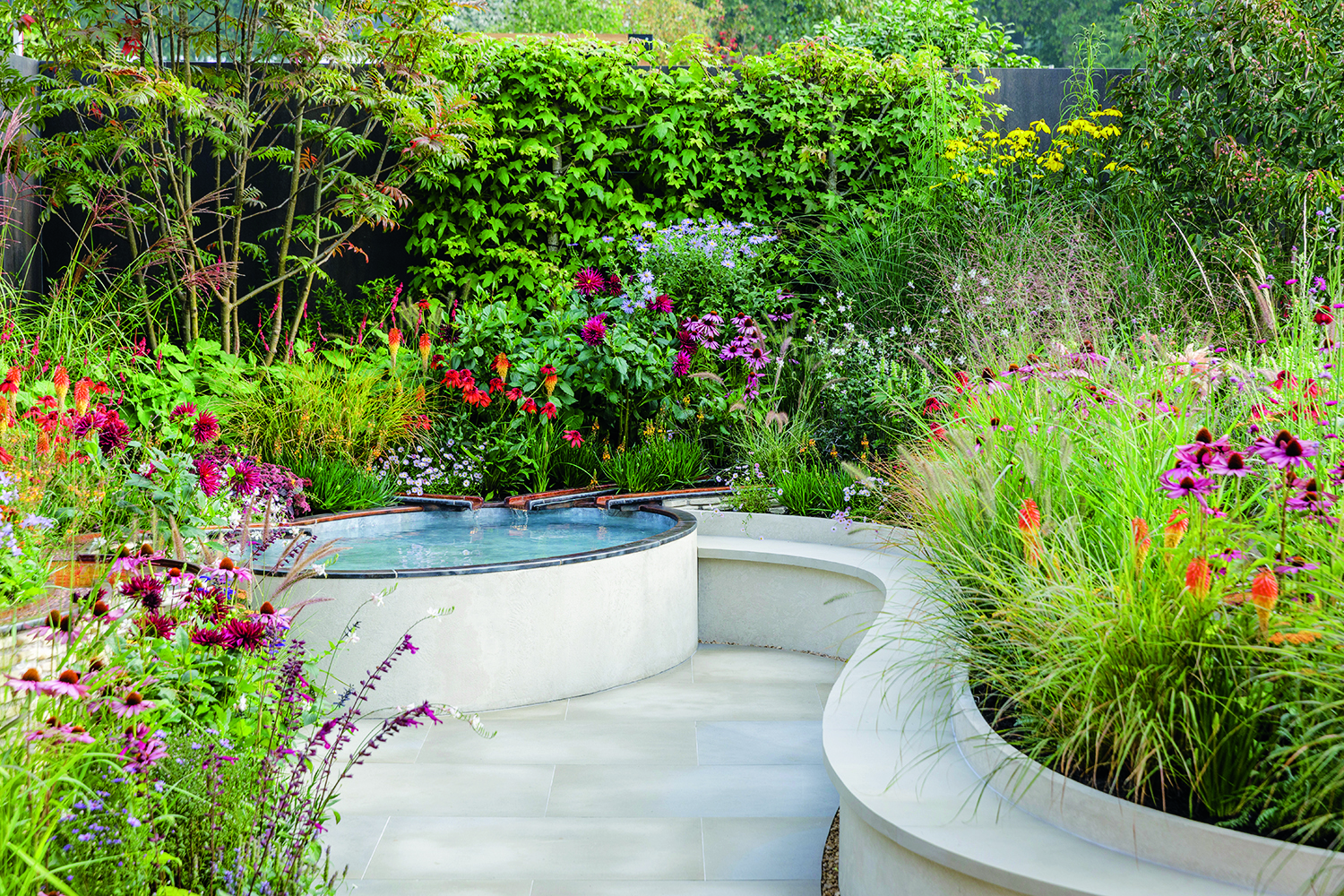
There's a new hard landscaping trend looking set to dominate garden design in 2022, and it's putting a softness into spaces while using a hard material.
For seating, paths and decking, this year will be all about curves. Organic shapes work well in small spaces to create calm, harmony and flow. They are characterized by rounded edges and undulating lines, with relaxed planting added to the mix. As one of the key garden trends of the year, these fluid lines are found in the natural world and lend an organic character. “Curvilinear form is a more profound way of working with space, and resonates with the way things move and organise in nature,” says landscape designer Mark Laurence.
Why are curves a key garden trend for 2022?
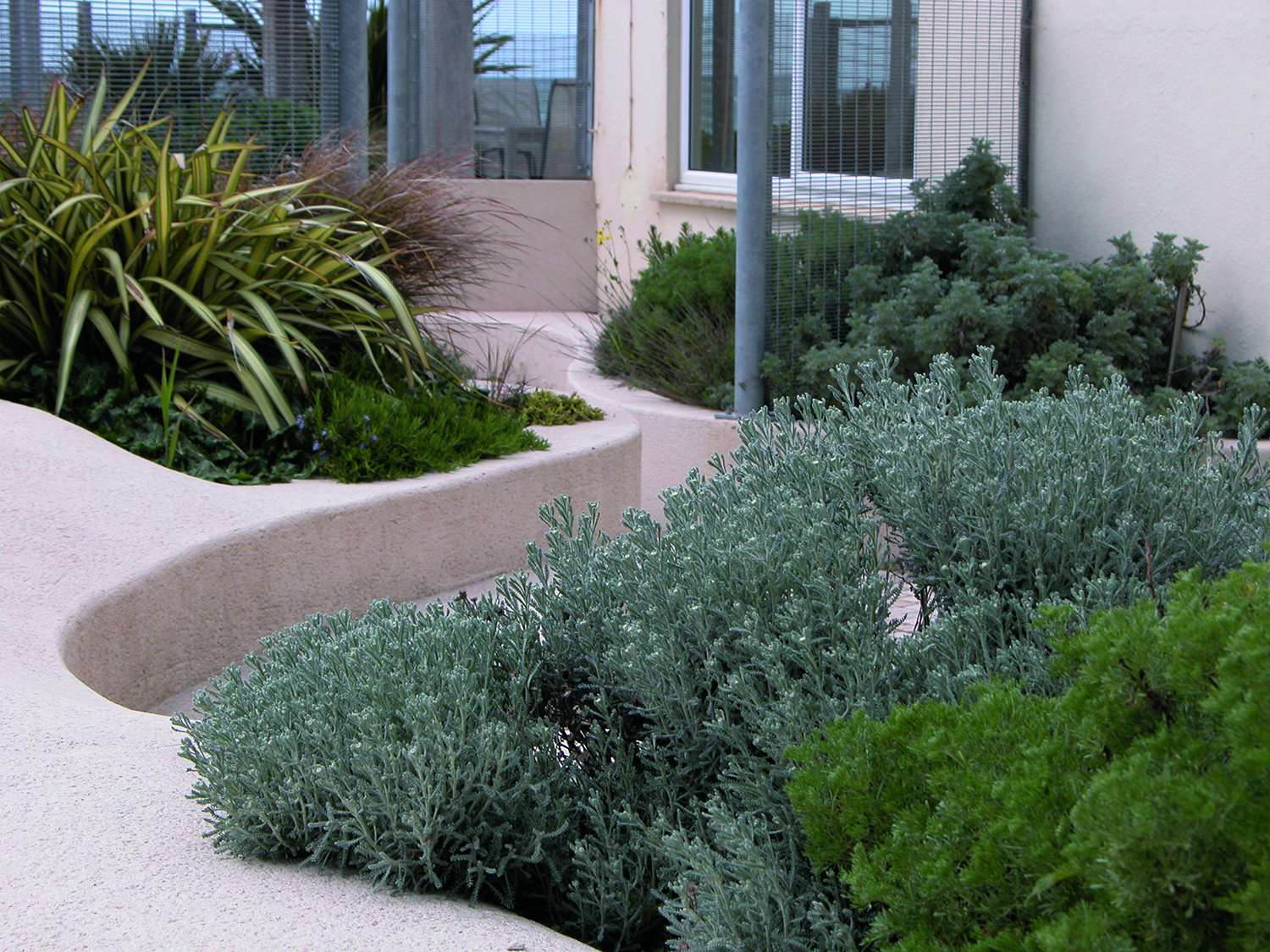
There are practical reasons for using curves in modern garden ideas, as they can enhance a seating space by cocooning it with a low wall or introduce a whimsical path. “When clients ask me to design a backyard it’s always tailored to the uniqueness of their space. It’s not just curves for the sake of it but making them work in a specific context,” says landscape architect Ian Kitson. “It’s also important that backyards have their own character independent of any architecture around them.”
Curvy shapes are a clever design hack that can make a small urban space look and feel larger too. “Curvaceous beds soften boundaries and create an illusion of space,” says Katrina Kieffer-Wells of Earth Designs. “Use them to create layers of interest with grasses and tall flowering plants.” Curves bounce the eye across a narrow garden to make the space feel wider too. “I love curves, especially in small gardens,” says Catherine Clancy. “They give a softer, organic, fluid shape.”
How to introduce curves to garden design
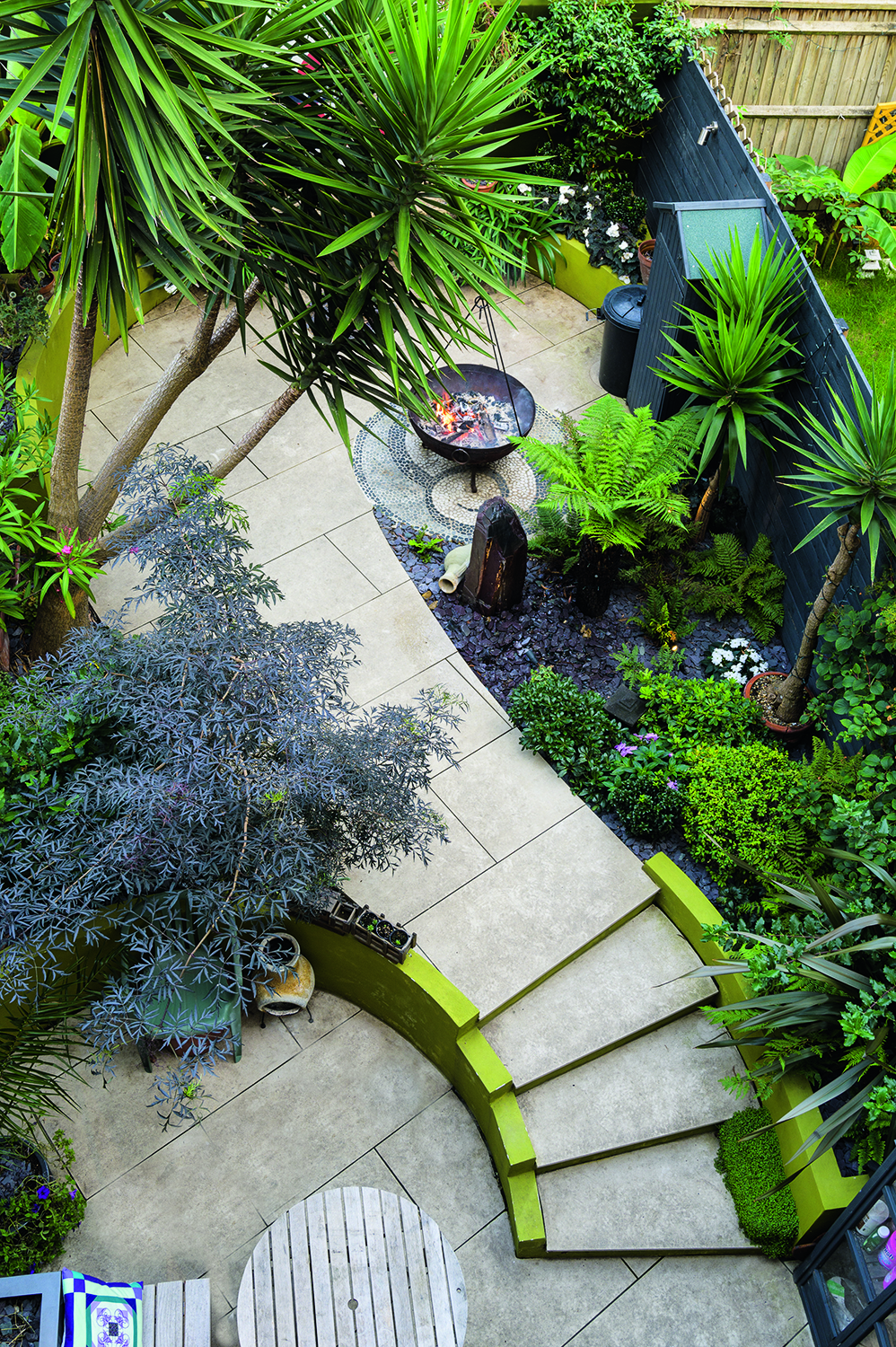
Curves in are having a moment with anyone wondering how to plan a modern garden, as last year’s Chelsea Flower Show trend is picked up. “Getting creative with shapes is the latest design trend we’re loving,” says Garden Trading’s Claire Wilks.
If you want an easy way in she suggests “starting with winding paths enclosed by hedging and curvaceous border planting and focus on spherical shapes within the shrubs. Choose rounded furniture to match these soft edges and bring the whole look together.” When it comes to materials, bonded resin and stone sets are perfect for creating irresistible curves.
What plants are good for curved garden design?
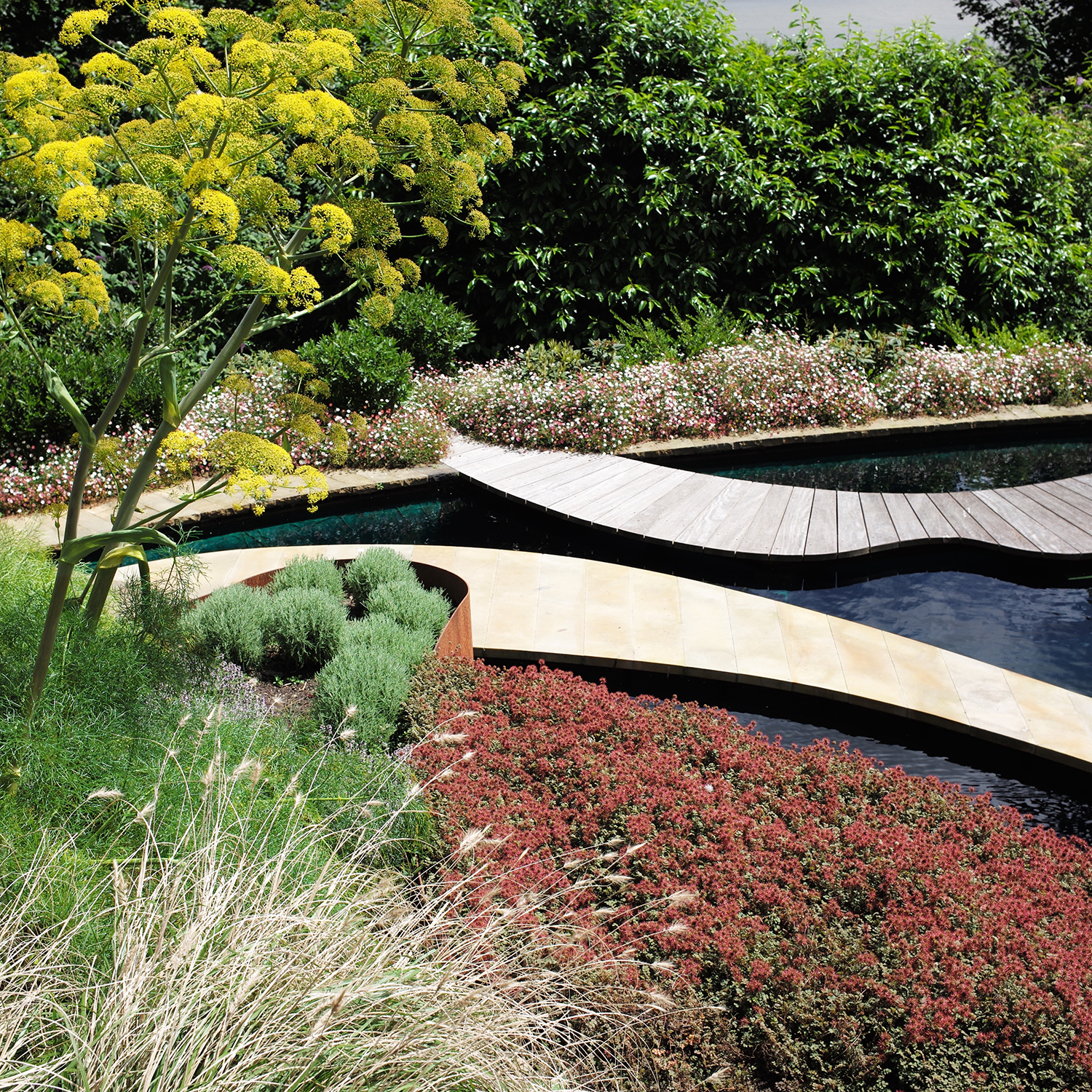
Plants with a naturally mounding form, such as hebe rakiensis or hakonechloa macra, or that can be clipped into shape, like taxus baccata, work well. “This can be further balanced by selecting large shrubs and trees with similar forms,” says Helen Elks-Smith. “Acer campestre is a great tree for small gardens and has a lovely soft rounded canopy. Large shrubs such as Osmanthus armathus can be pruned to give a lovely evergreen mounded form.”
Be The First To Know
The Livingetc newsletters are your inside source for what’s shaping interiors now - and what’s next. Discover trend forecasts, smart style ideas, and curated shopping inspiration that brings design to life. Subscribe today and stay ahead of the curve.
Are curves easy to add to garden design?
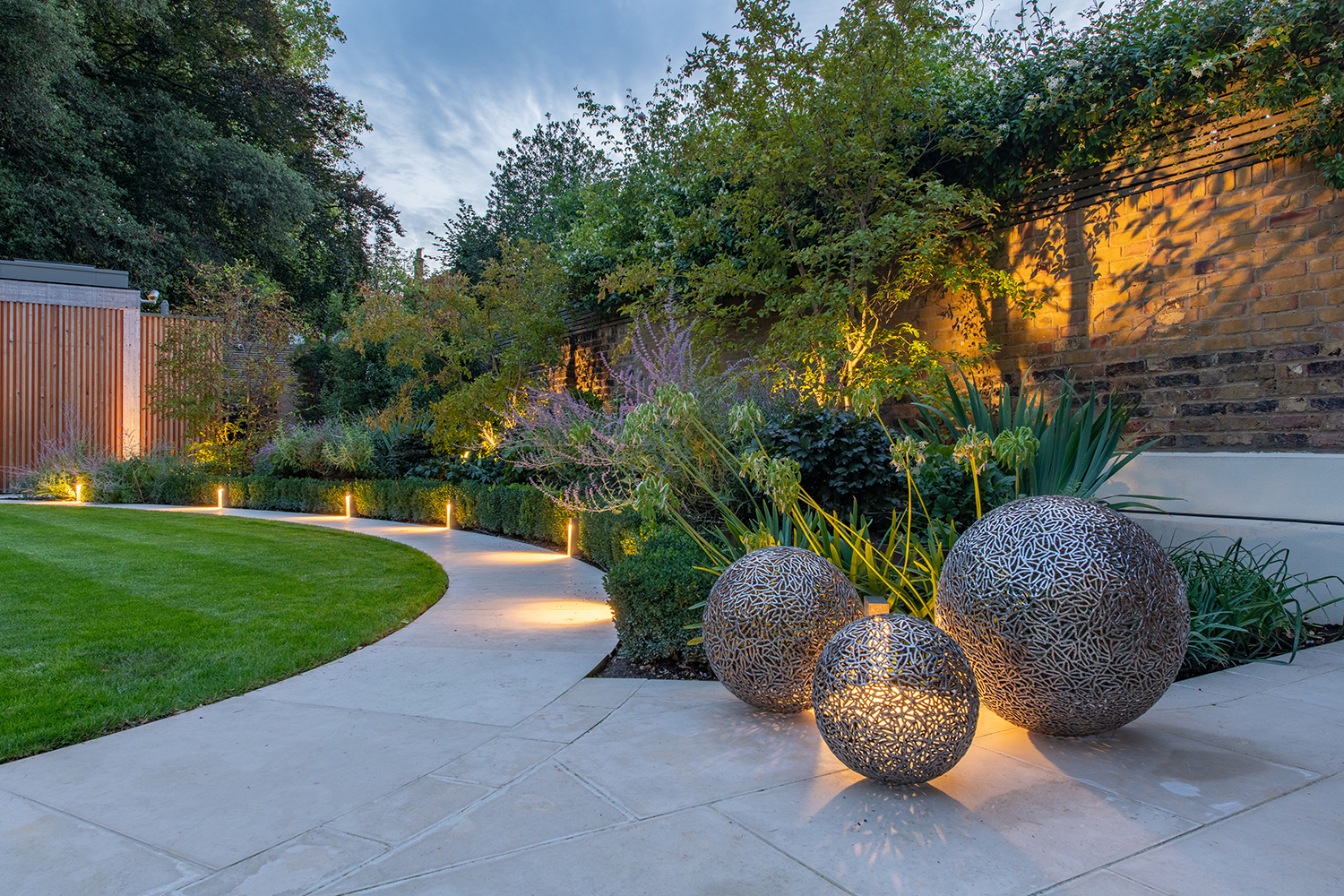
Design by Bowles and Wyer
Curves aren’t a quick fix though, as award-winning designer Juliet Sargeant points out. “Curvilinear designs can be difficult to incorporate into small spaces, but if done well, they can bring a great sense of movement and depth.” Ideal for anyone wondering how to make a small garden look bigger.
Embracing curves means throwing away the rulebook too. “Linear gardens and rectangular lawns don’t need to be the norm,” says John Wyer. “Bringing curves and more organic shapes into an urban garden helps to create a more natural-feeling space.”
Make sure curves have a reason for being there, and think about how they sit in harmony with your garden’s geometry and the architectural style of your property, and you will have nailed it.
Lifestyle journalist Sarah Wilson writes about flowers, plants, garden design and trends. She has studied introductory garden and landscape design and floristry, and also has an RHS Level 2 qualification in the Principles of Plant Growth and Development. In addition to homesandgardens.com and livingetc.com she's written for gardeningetc.com, Real Homes, Modern Gardens and Country Homes & Interiors magazines. Her first job was at Elle magazine, during which time a trip to the beautiful La Colombe d'Or in St-Paul-de-Vence led to an interest in writing about all things botanical. Later as lifestyle editor at Country Homes & Interiors magazine the real pull was the run of captivating country gardens that were featured.
-
 Turns Out the Coolest New Café is Actually In Your Kitchen — Here's How to Steal the Style of TikTok's Latest Trend
Turns Out the Coolest New Café is Actually In Your Kitchen — Here's How to Steal the Style of TikTok's Latest TrendGoodbye, over-priced lattes. Hello, home-brewed coffee with friends. TikTok's 'Home Cafe' trend brings stylish cafe culture into the comfort of your own home
By Devin Toolen Published
-
 5 Bathroom Layouts That Look Dated in 2025 — Plus the Alternatives Designers Use Instead for a More Contemporary Space
5 Bathroom Layouts That Look Dated in 2025 — Plus the Alternatives Designers Use Instead for a More Contemporary SpaceFor a bathroom that feels in line with the times, avoid these layouts and be more intentional with the placement and positioning of your features and fixtures
By Lilith Hudson Published